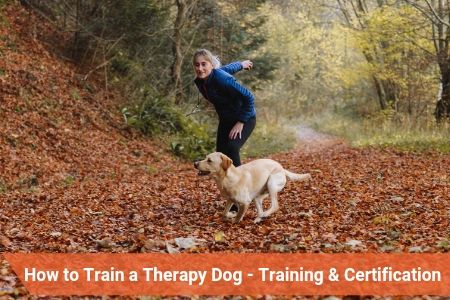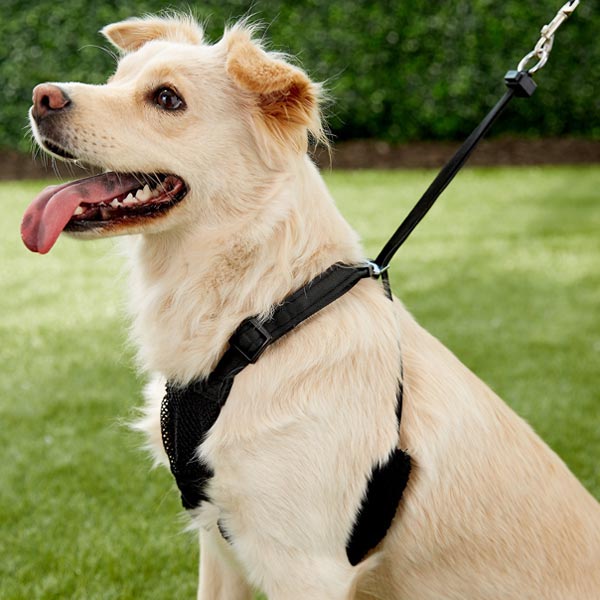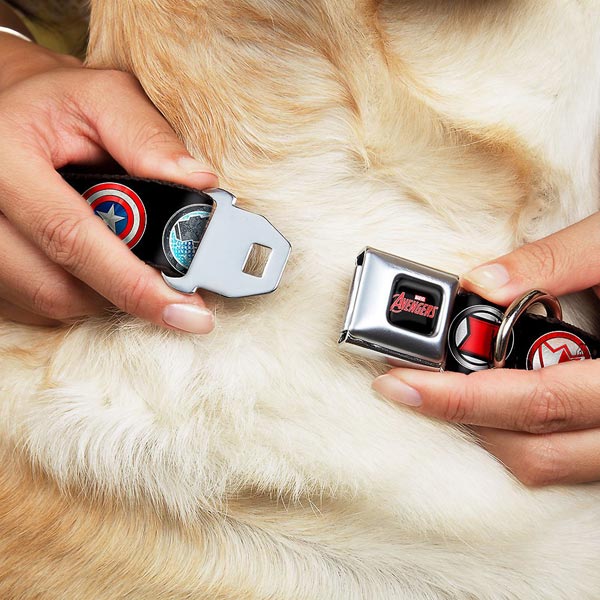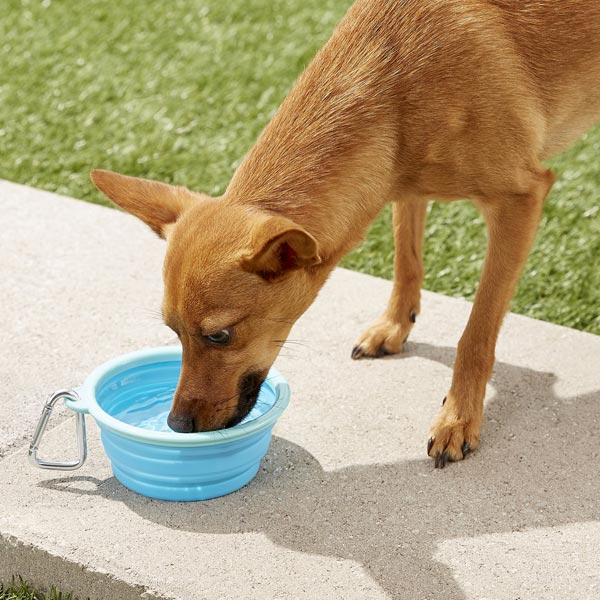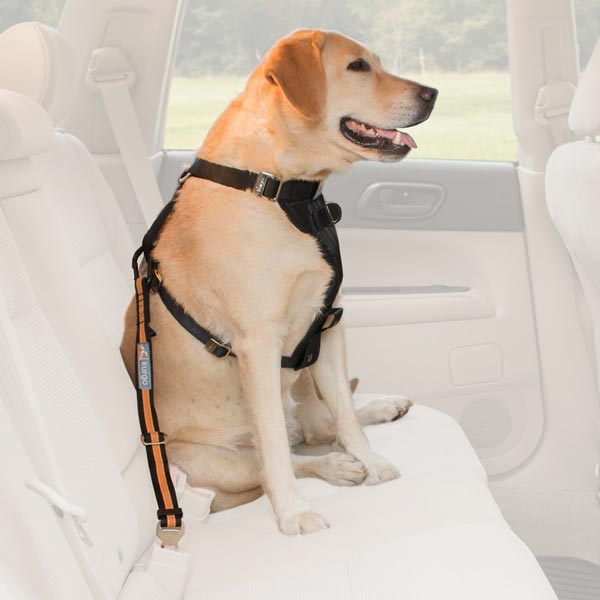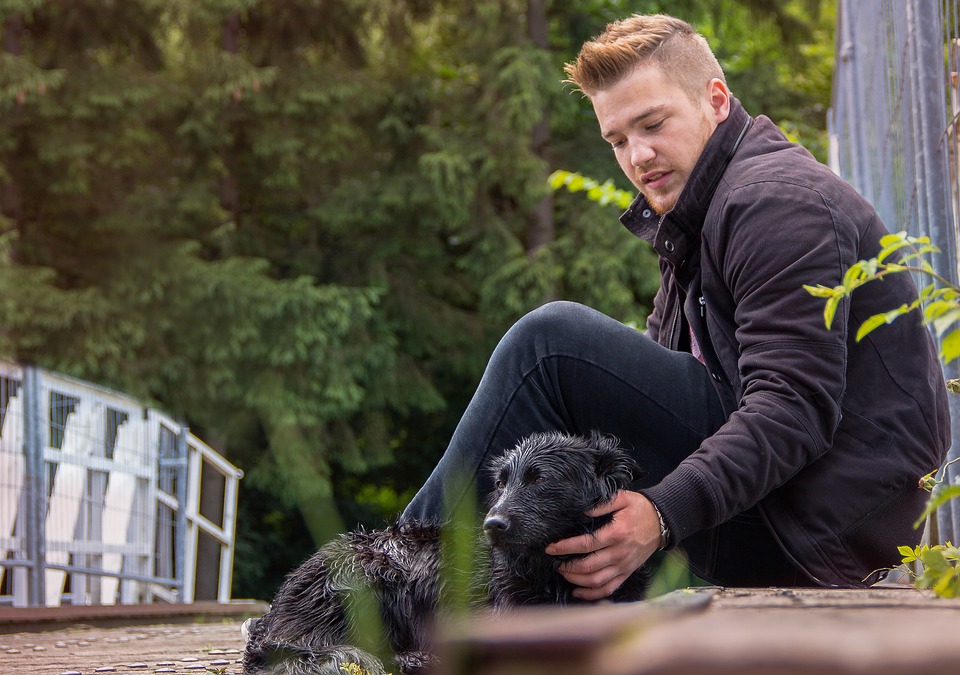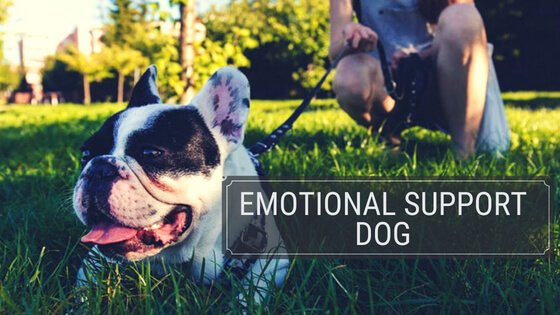Therapy dogs are becoming more in demand as people begin to understand how beneficial they are in supporting someone with a disability.
Although dogs give us lots of love as family pets, they are not all cut out to be actual therapy dogs. How do you know if your pup is meant for the task? How do you know you and they will be a good team? These are important questions to ask if you want to head down the road of training and to certify your dog to be a therapy dog.
What is a Therapy Dog?
It's important to understand what a therapy dog does if you decide you want to train a pet to take on that role. They will become a dog that offers comfort, love, and attention to a group of people in a facility setting, such as a retirement home.
It is important to understand that therapy dogs are not service dogs. They have different jobs and mandates. A service dog is trained to do a specific task that aids an individual with a disability. A therapy dog is providing comfort rather than a specific goal-oriented task.
Although an emotional support animal might be crucial for sustaining a person’s mental and emotional well being, it will not have a certificate that proves it is capable of servicing a disability. Additionally, a service dog will have both a review from a dog trainer that guarantees for the dog’s behavior, as well as a medical note for the owner proving that they have a disability.
Are Therapy Dogs Helpful?
Before you invest a lot of time and energy in training a therapy dog, it's important to understand their benefits. It is proven that therapy dogs are highly beneficial when interacting with groups of people. A visit from one of these dogs can help institutionalized people in many ways. They lower blood pressures, heart rate along with helping people who suffer from anxiety.
By having a therapy dog present in group settings, it raises the levels of endorphins and oxytocin in people who may be struggling. Therapy dogs are beneficial in many settings such as hospitals, nursing homes, facilities that offer integrated living, schools, and libraries.
For those who have post-traumatic stress disorder, or any mental health issues, having a canine for emotional support can do wonders. The animal doesn’t need to be a canine, even though dogs are most common. Any animal that has passed its obedience training, and is fluffy and cuddly enough for your needs, can be considered an emotional support animal.
What Dogs Are the Best for Training?

Not all dogs are good candidates to be a therapy dog. They can be lovely family pets but may not be suited to be in a therapy setting — the dog you choose to train needs to naturally calm and unanxious. Their purpose is to bring pleasure to those in institutional settings, and a sense of contentment is needed for this.
Your dog needs to be friendly and engaging with strangers so they can interact with those they are visiting. Your therapy dog needs to be trained well in their doggie manners and be obedient when you speak to them. It's important they are a dog that listens as all people they interact with may not be completely comfortable with them. A dog that is skittish will struggle with these requirements.
Along with being well trained and naturally calm, the dog you choose to train also needs to be able to adapt to new sounds, places, smells, and unknown equipment and interactions. Places such as nursing homes can be challenging if the residents are perhaps challenged with dementia or other medical issues that may be foreign to a dog.
Your dog that will be trained should be healthy, have regular check-ups, and have all up to date shots to make sure they stay healthy and offer no medical threat to the people they are visiting. This is important as often, people in institutions can have compromised immune systems.
How do you Train your Therapy Dog?
Once you have decided that your dog is a good candidate to be a therapy dog, you will need to take steps to train them properly. The basic doggie manners of sit, stay, and lay down are important, but their training needs to be more extensive than that.
Whether your dog is a puppy or older, they need to be socialized. They will be interacting with the public and need to be on their best behavior for the safety of not only the people they work with but for their wellbeing too. Proper socialization is critical to having a dog that is able to be a therapy dog. They need to be comfortable with new people, different places, sounds, and smells so need to be introduced to those before they can be a therapy pup.
Therapy work includes the teaching of commands that include look and leave it while also enforcing walking freely and not jumping up on people as that can be harmful and intimidating.
There are classes that your dog can be trained in to be a therapy dog that will give them certification such as the America Kennel Club Advanced Canine Good Citizen. They can also take a distraction proofing class to help support those who need a therapy dog.
A further training step is enrolling your dog in a therapy dog program that will help get your dog ready to therapy visits with residents. They will be trained to be around equipment, loud or confusing situations, and bonding with you as a handler.
Once your dog has accomplished all these training steps and attains certification in a group such as the American Kennel Club, then you can register with a national therapy dog organization. This means your dog is certified and then will have access to support, advice, insurance, and grants.
Helpful Items for your Therapy Dog
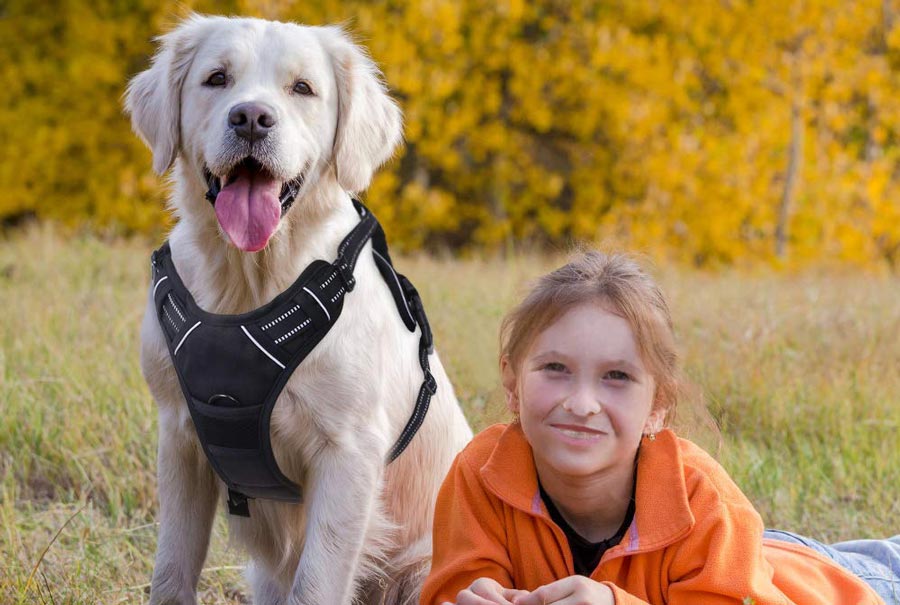
Your therapy dog needs to be comfortable while interacting with people. Keeping them content makes them easier to work with and happy to do their job. Good equipment means both your dog and the people they interact with are safe.
A quality leash and collar will maintain control on visits. Try a Non-Pull harness with a Buckle-Down Collar. Along with items they may need on a visit: Travel bowls, Seat Belt.
Final Thoughts
Deciding to own and train a therapy dog is both rewarding and enjoyable. Bringing a well-mannered pet to visit those in group settings is beneficial for the participants and creates a sense of calm and enjoyment that can last well past the time your dog is there.
Making sure your pup has good doggy manners and is ready to interact in a group setting is paramount. Once you and your dog are ready, then enjoy their interaction with others and the happiness they give.


